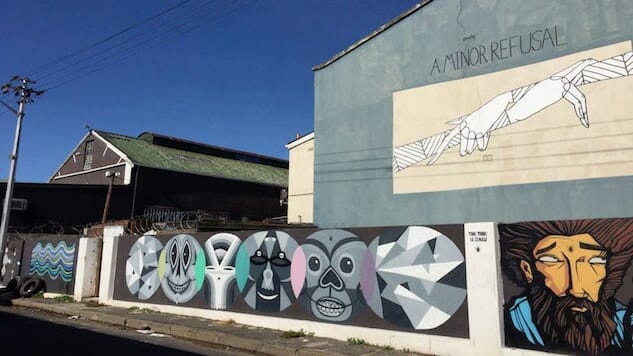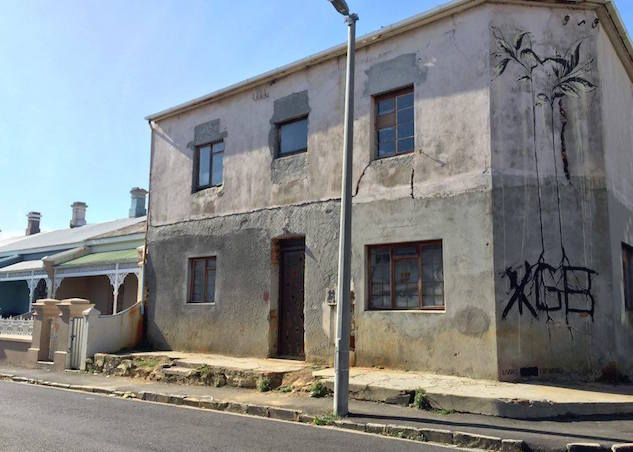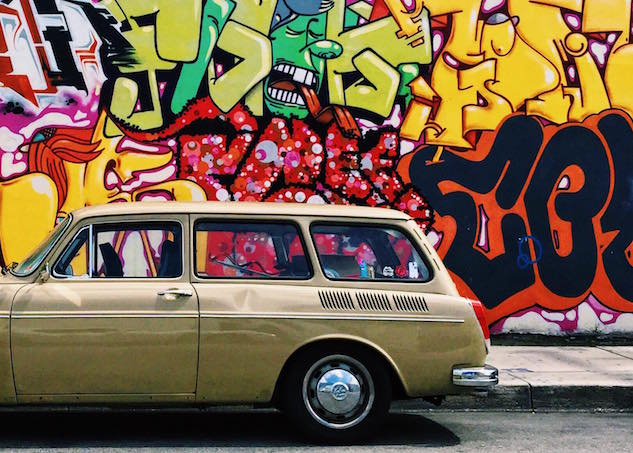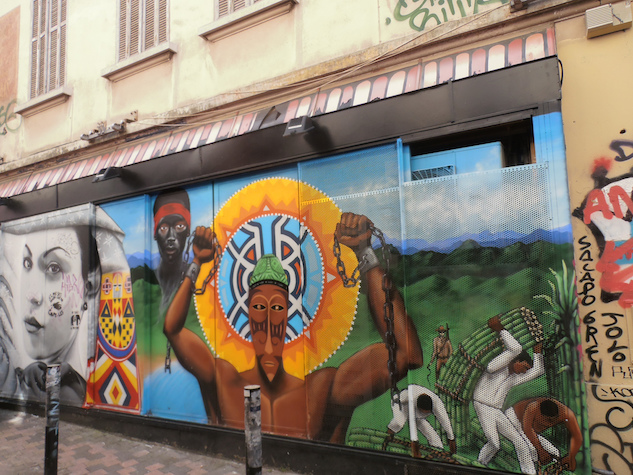Jet-Set Bohemian: Street Art Cities
Photo by Lane Nieset
A jetset lifestyle doesn’t have to be all private planes and decadent digs. In Paste Travel’s Jet-Set Bohemian series, we blend the best of high and low for just the right balance … enticing everyone from backpackers to luxury boutique hotel lovers to come along for the ride.
![]()
On Saturdays at the Old Biscuit Mill in Cape Town, South Africa, the red-brick 19th century mill transforms into a marketplace with over 100 young, local artisans displaying their handmade jewelry, leather handbags and craft chocolate in stands along the cobblestones. The former biscuit factory is tucked away on Albert Road, the main drag running through Woodstock, one of the oldest suburbs in Cape Town just south of the harbor and north of Table Mountain, about 20 minutes from the tourist-filled Victoria & Alfred Waterfront.
Before a harbor was built in the 1950s, the neighborhood beckoned visitors to its cottage-lined beaches. Recycled wood from the same spot became resources for these warehouses to build furniture as the neighborhood took on an industrial edge. Now design shops in the Old Biscuit Mill are selling these beautiful wares alongside local artwork and some of the city’s best espresso and chocolate, drawing tourists away from the center to give them a glimpse of a more authentic side of the city.
International and local artists are breathing new life into Woodstock’s abandoned buildings and rougher streets transforming the somewhat tired neighborhood into the most cutting-edge part of town thanks to a mix of street art, start-ups and artisan shops. On the V&A Waterfront you’ll find craft markets like Watershed, but these vendors start their Saturdays here at Biscuit Mill’s Neighbourgoods Market, sipping on freshly brewed coffee from Espresso Lab Microroasters and catching up over live music with blues and gypsy artists belting out tunes under the tents.
Here, you can buy everything from curries and spices to bars of organic, raw chocolate from Honest, whose Woodstock warehouse sits just a few streets away. Step out of the comfort of the market you’ll get into the grittier side of the neighborhood where the locals hang, like Flat Mountain Coffee Roasters (a play off Table Mountain), where you can take a seat with your very own flat white coffee on the centerpiece 70s-style, mustard-yellow couch.
![]()

Photo by Lane Nieset
-

-

-

-

-

-

-

-

-

-

-

-

-

-

-

-

-

-

-

-

-

-

-

-

-

-

-

-

-

-

-

-

-

-

-

-

-

-

-

-










































